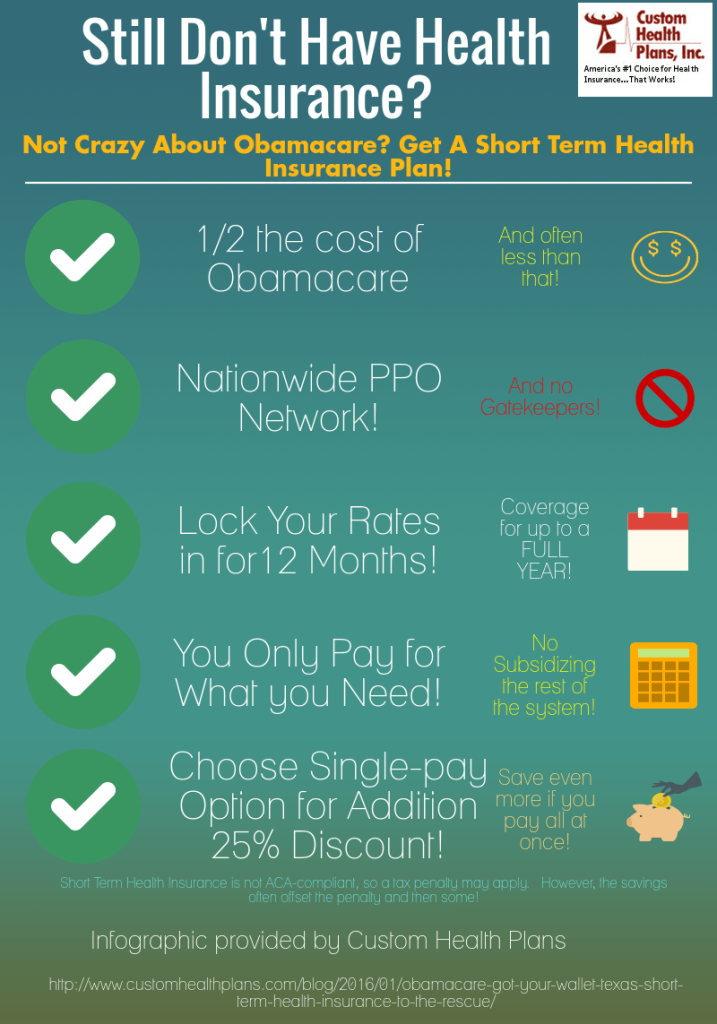Our Medicare Advantage Agent PDFs
Our Medicare Advantage Agent PDFs
Blog Article
Medicare Advantage Agent Things To Know Before You Get This
Table of ContentsNot known Factual Statements About Medicare Advantage Agent Some Ideas on Medicare Advantage Agent You Need To KnowMedicare Advantage Agent Things To Know Before You Buy

adheres to from puzzling the reasonably young age profile of the without insurance with the much better health and wellness, on average, of younger persons. This obscures the link in between health status and medical insurance. For those without access to office health and wellness insurance, poor health is a possible barrier to purchasing nongroup insurance coverage because such insurance coverage might be highly valued, leave out pre-existing problems, or be merely not available. The variety of uninsured Americans is not particularly large and has not altered over the last few years. Seven out of ten respondents in an across the country depictive survey thought that less Americans lacked medical insurance than really do(Fronstin, 1998). Roughly fifty percent(47 percent )believed that the variety of individuals without health insurance coverage reduced or continued to be constant over the last fifty percent of the last decade(Blendon et al., 1999). This decrease of virtually 2 million in the number of individuals 'without insurance (a decrease
of around 4 percent)is absolutely a positive adjustment. With a softer economic climate in 2000 the most recent reported gains in insurance protection might not continue(Fronstin, 2001 ). The decrease in the number of uninsured will not continue if the economic climate remains slow and healthcare prices proceed to exceed inflation. This is due to the fact that the data were gathered for a period of strong financial efficiency. Of the estimated 42 million people who were without insurance, almost concerning 420,000(concerning 1 percent)were under 65 years old, the age at which most Americans come to be eligible for Medicare; 32 million were adults in between ages 18 and 65, about 19 percent of all adults in this age team; and 10 million were children under 18 years old, about 13.9 percent of all children (Mills, 2000). These price quotes of the number of individuals uninsured are generated from the yearly March Supplement to the Current Population Survey (CPS), conducted by the Demographics Bureau. Unless or else kept in mind, national quotes of individuals without medical insurance and percentages of the population with different kinds of protection are based on the CPS, one of the most extensively made use of resource of quotes of insurance coverage and uninsurance prices. These surveys and the quotes they generate are defined briefly in Table B. 1 in Appendix B - Medicare Advantage Agent. These surveys differ in dimension and tasting techniques, the inquiries that are inquired about insurance
Medicare Advantage Agent Things To Know Before You Get This
protection, and the moment duration over which insurance policy coverage or uninsurance is measured(Lewis et al., 1998, Fronstin, 2000a ). Still, the CPS is especially valuable because it produces annual estimates fairly swiftly, reporting the previous year's insurance protection approximates each September, and because it is the basis for a regular collection of quotes for more than two decades, permitting for analysis of fads in protection over time.

The Medicare Advantage Agent PDFs
Over a three-year period starting early in 1993, 72 million individuals, 29 percent of the united state population, lacked coverage for at the very least one month. Within a single year(1994), 53 million individuals experienced at the very least a month without protection(Bennefield, 1998a). Six out of every 10 without insurance adults are themselves utilized. Functioning does boost the possibility that one and one's household members will certainly have insurance, it is not a guarantee. Even participants of households with 2 full-time wage income earners have almost a one-in-ten opportunity of being uninsured (9.1 percent uninsured rate)(Hoffman try this site and Pohl, 2000 ). The relationship between health insurance coverage and access to care is well established, as documented later on in this phase. Although the connection in between health insurance coverage and wellness results is neither direct nor straightforward, an extensive professional and health and wellness solutions study literary works links health and wellness insurance policy coverage
to better accessibility to care, better top quality, and improved personal and population health status. For example, the second report, on personal health and wellness results for uninsured adults, is represented by the inner circle of the figure, while the third report, on family members health, encompasses the subjects of the second record yet emphasizes a various unit of analysis, namely, the household. The sixth report in the series will present information about strategies and campaigns carried out in your area, statewide, or across the country to resolve the lack of insurance coverage and its unfavorable impacts. Levels of evaluation for examining the impacts of uninsurance. This discussion of health and wellness insurance protection concentrates mainly on the U.S. populace under age 65 since essentially all Americans 65 and more helpful hints older have Medicare or other public protection.
It concentrates particularly on those without any type of health and wellness insurance policy for any size of time. The troubles faced by the underinsured remain in some areas comparable to those faced by the uninsured, although they are generally much less serious. Uninsurance and underinsurance, however, involve clearly various plan concerns, and the strategies for addressing them may vary. Throughout this research and the 5 records to comply with, the primary focus gets on individuals without medical insurance and therefore no assistance in spending for healthcare past what is offered through charity and safety and security internet establishments. Health and wellness insurance coverage is an effective aspect impacting receipt of care because both individuals and physicians react to the out-of-pocket price of solutions. Wellness insurance, however, is neither needed nor adequate to get to clinical solutions. Nonetheless, the independent and straight impact of health and wellness
insurance policy protection on accessibility to health services is well established. Others will acquire the health and wellness treatment they require also without medical insurance, by paying for it out of pocket or seeking it from suppliers that offer care totally free or at highly subsidized prices. For still others, medical insurance alone does not guarantee invoice of care due to other nonfinancial barriers, such as a lack of health care carriers in their neighborhood, minimal access to transport, illiteracy, or linguistic and social distinctions. Formal study concerning without insurance populaces in the USA dates to the late 1920s and early 1930s when the Board on the Price of Medical Care produced a collection of records about financing physician workplace sees and hospital stays. This problem ended up being significant as the varieties of clinically indigent climbed throughout the Great Anxiety. Empirical research studies consistently support the link between access to care and boosted health end results(Bindman et al., 1995; Starfield, 1995 ). Having a routine resource of care can be taken into consideration a forecaster of gain access to, as opposed to a direct measure of it, when health and wellness end results are themselves used as accessibility indications. This extension of the concept of gain access to measurement was made by the IOM Committee on Monitoring Gain Access To to Personal Health And Wellness Care Provider(Millman, 1993, p. Whether or not moms and dads are insured appears to impact her explanation whether or not their children get care as well as just how much careeven if the children themselves have protection(Hanson, 1998). The health of moms and dads can impact their capacity to look after their youngsters and the level of family members tension. Stressing over their youngsters's access to care is itself a resource of anxiety for moms and dads. 3 chapters adhere to in this record. Phase 2 supplies an introduction of exactly how employment-based medical insurance, public programs and individual insurance plan operate and connect to offer extensive yet insufficient protection of the united state population. This consists of a testimonial of historical patterns and public policies affecting both public and private insurance policy, a conversation of the interactions amongst the various sorts of insurance, and an exam of why individuals move from one program to another or end up

Report this page